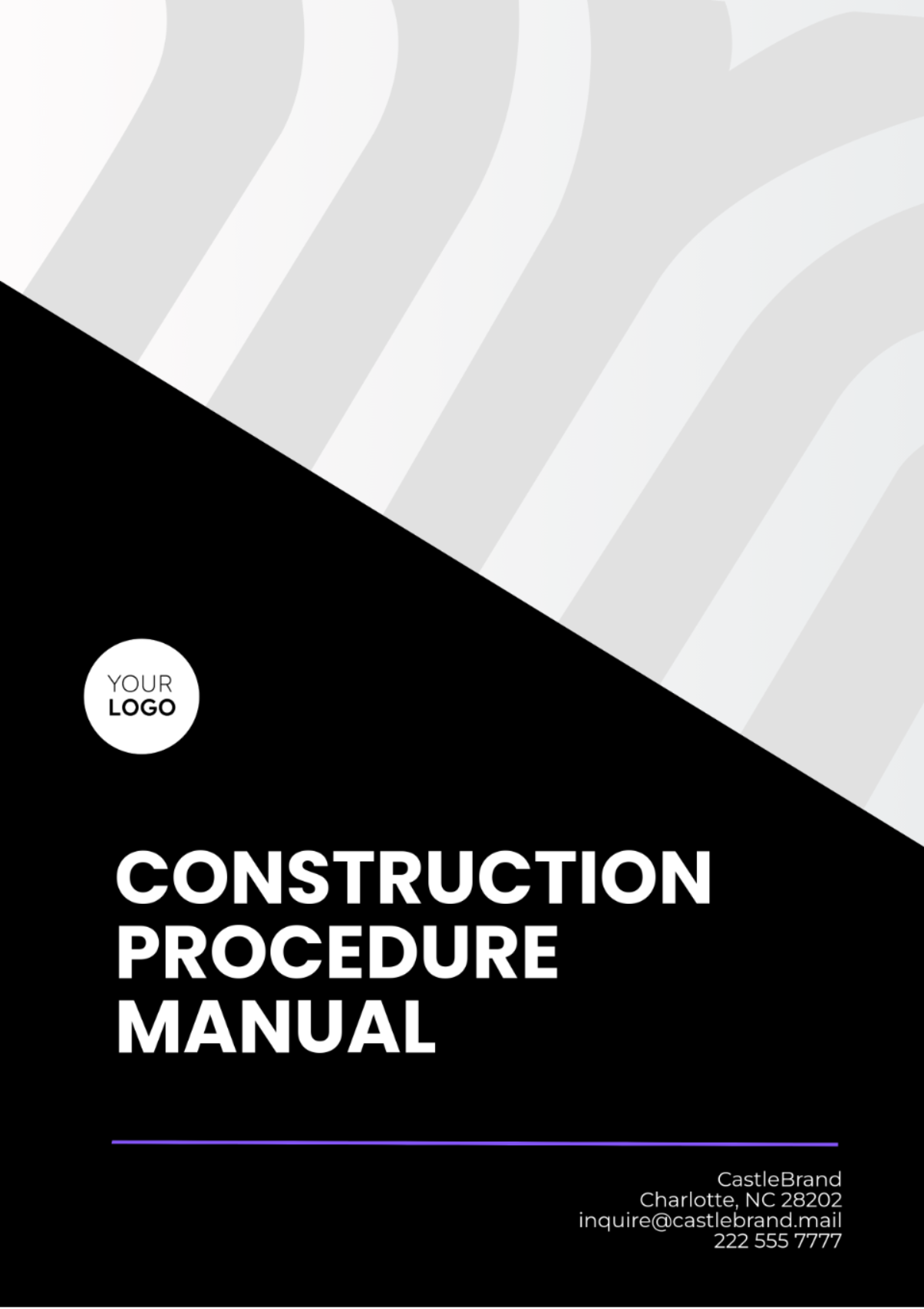Free Cleaning Services Health & Safety Policy & Procedure Manual
Implement rigorous safety protocols with the Cleaning Services Health & Safety Policy & Procedure Manual Template from Template.net. This template is editable and customizable, designed to detail your cleaning service's health and safety policies and procedures. Easily editable in our Ai Editor Tool, it ensures compliance and safeguards both employees and clients.






























